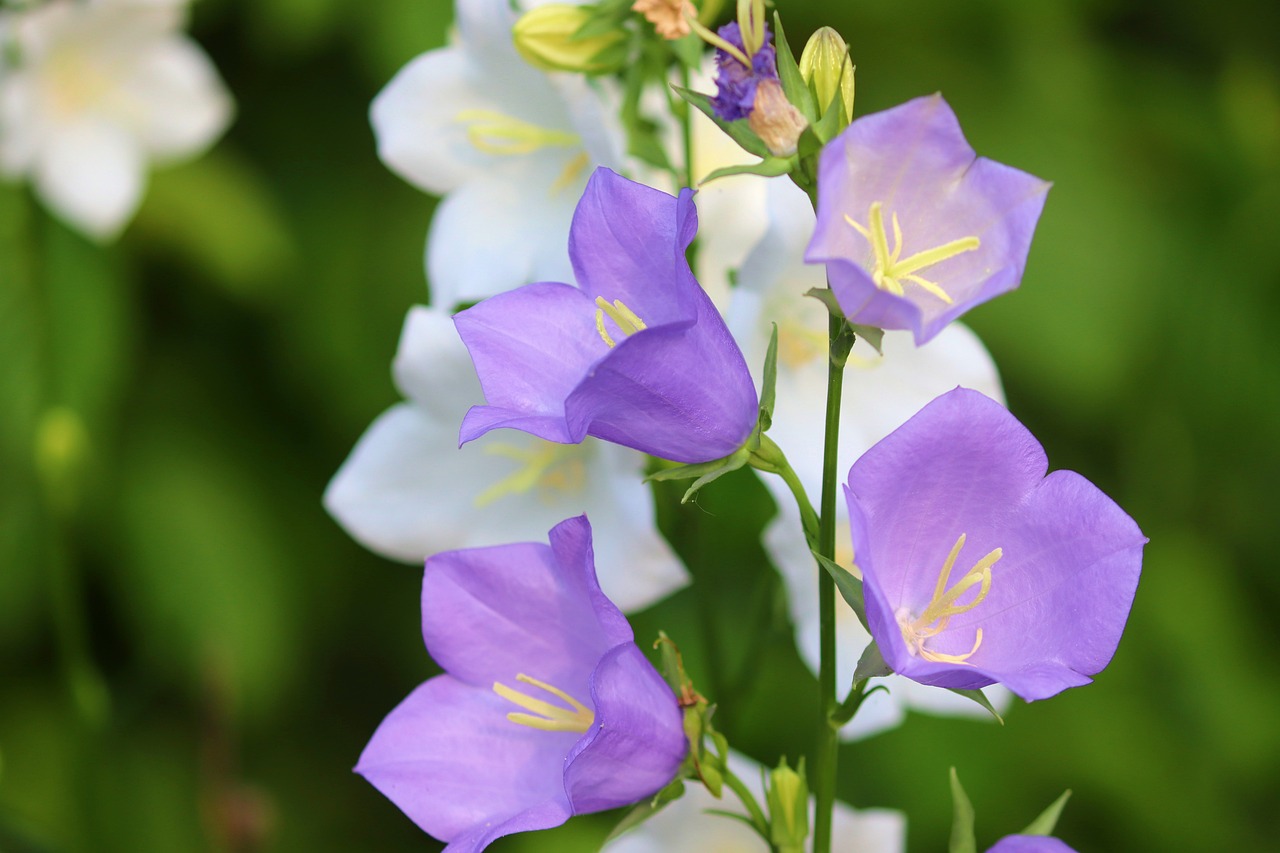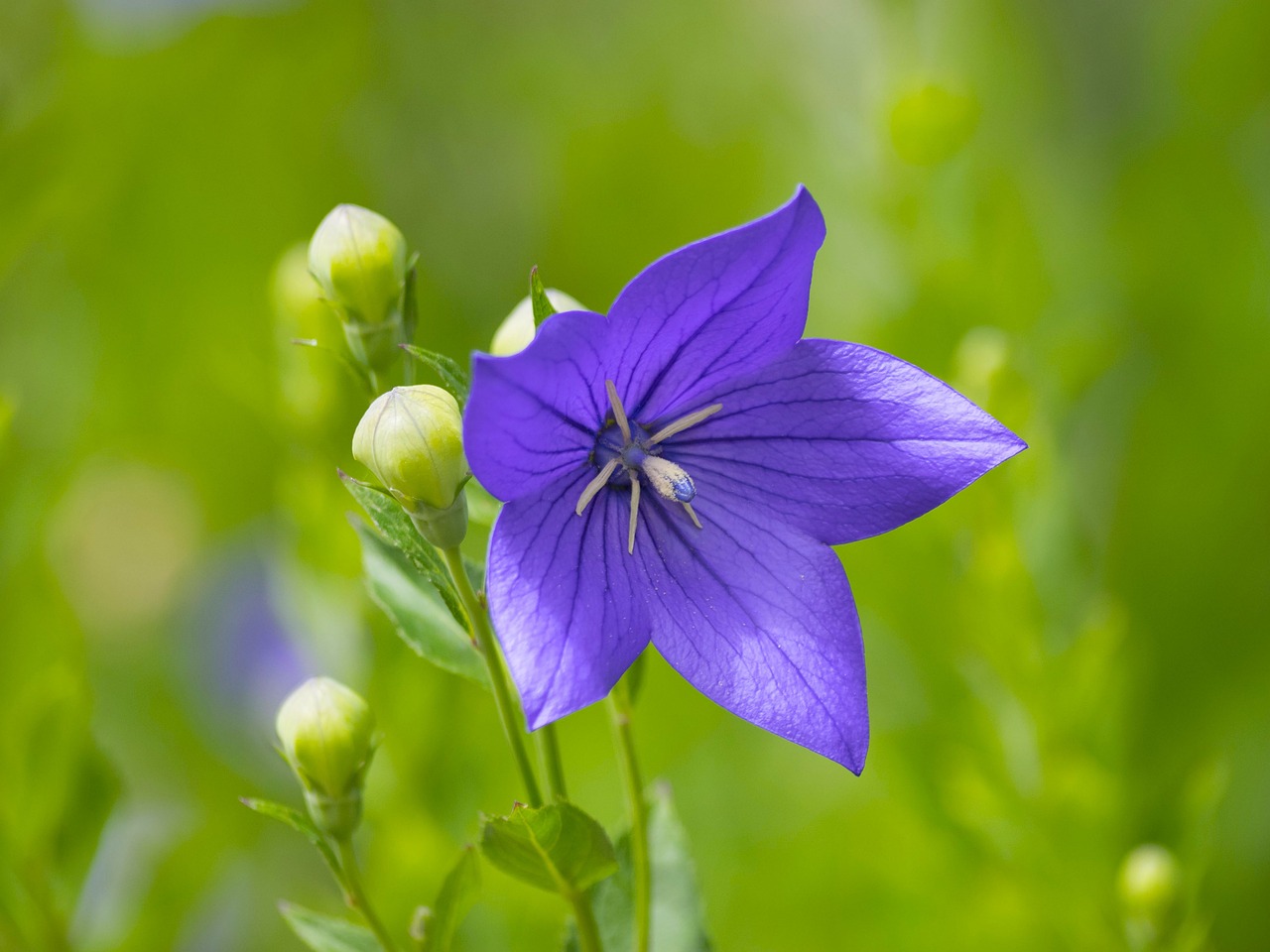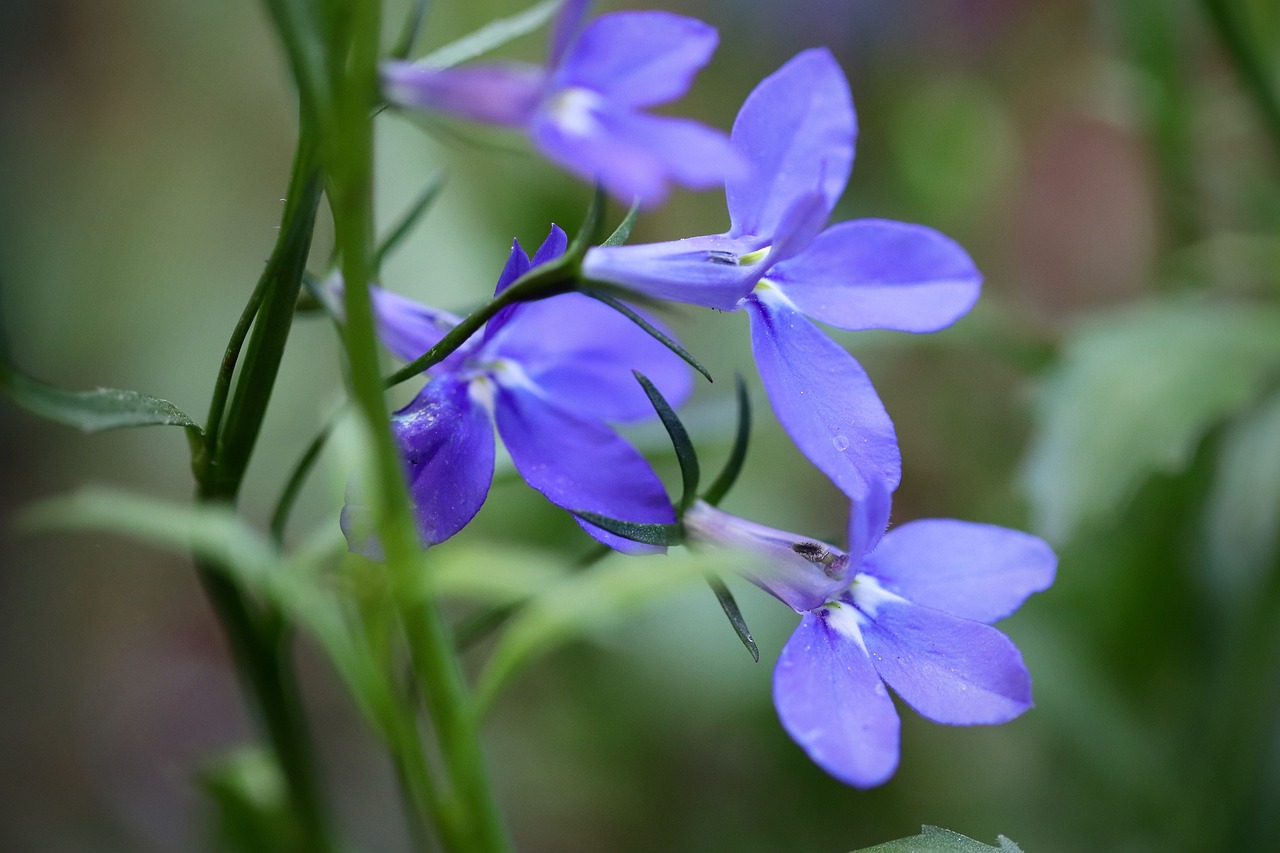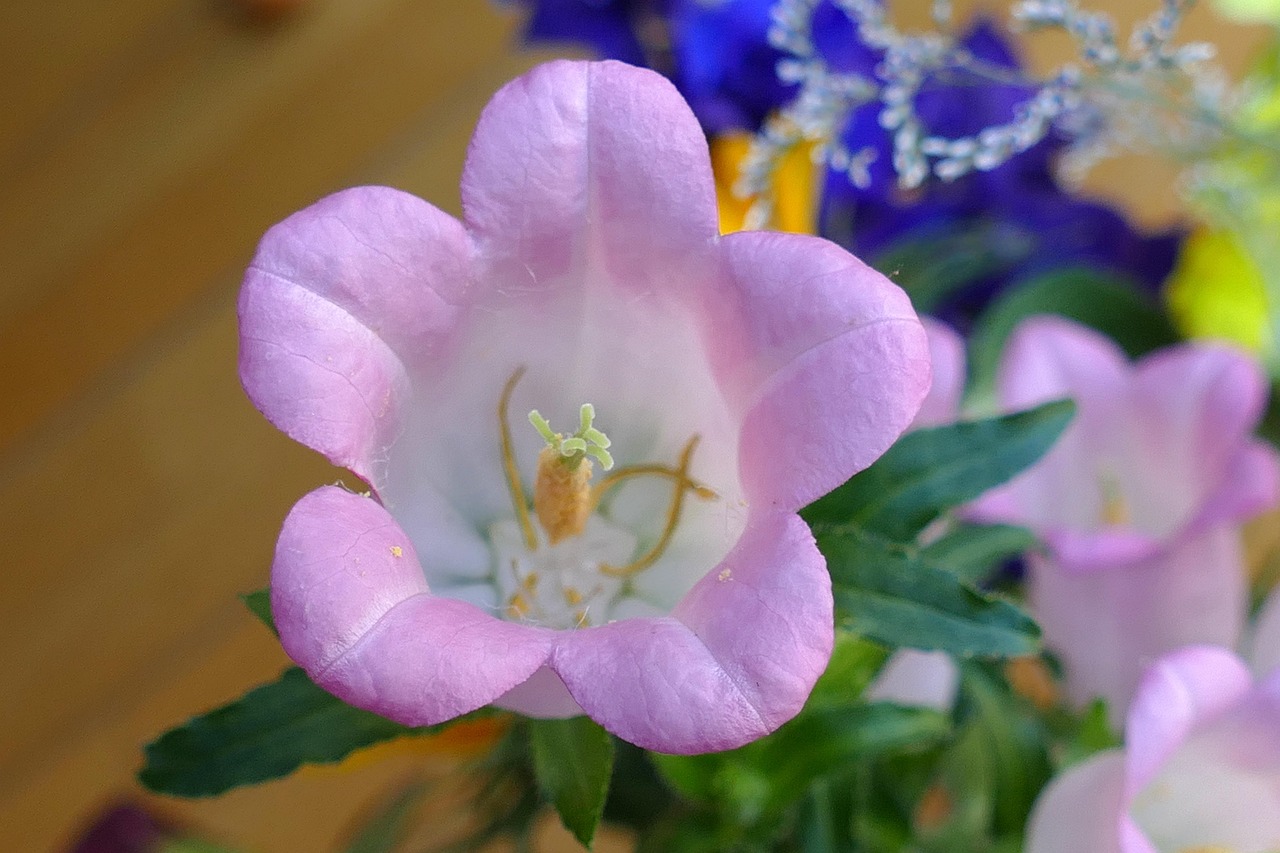Campanula isophylla | The Blue Bells of the Italian Mountains
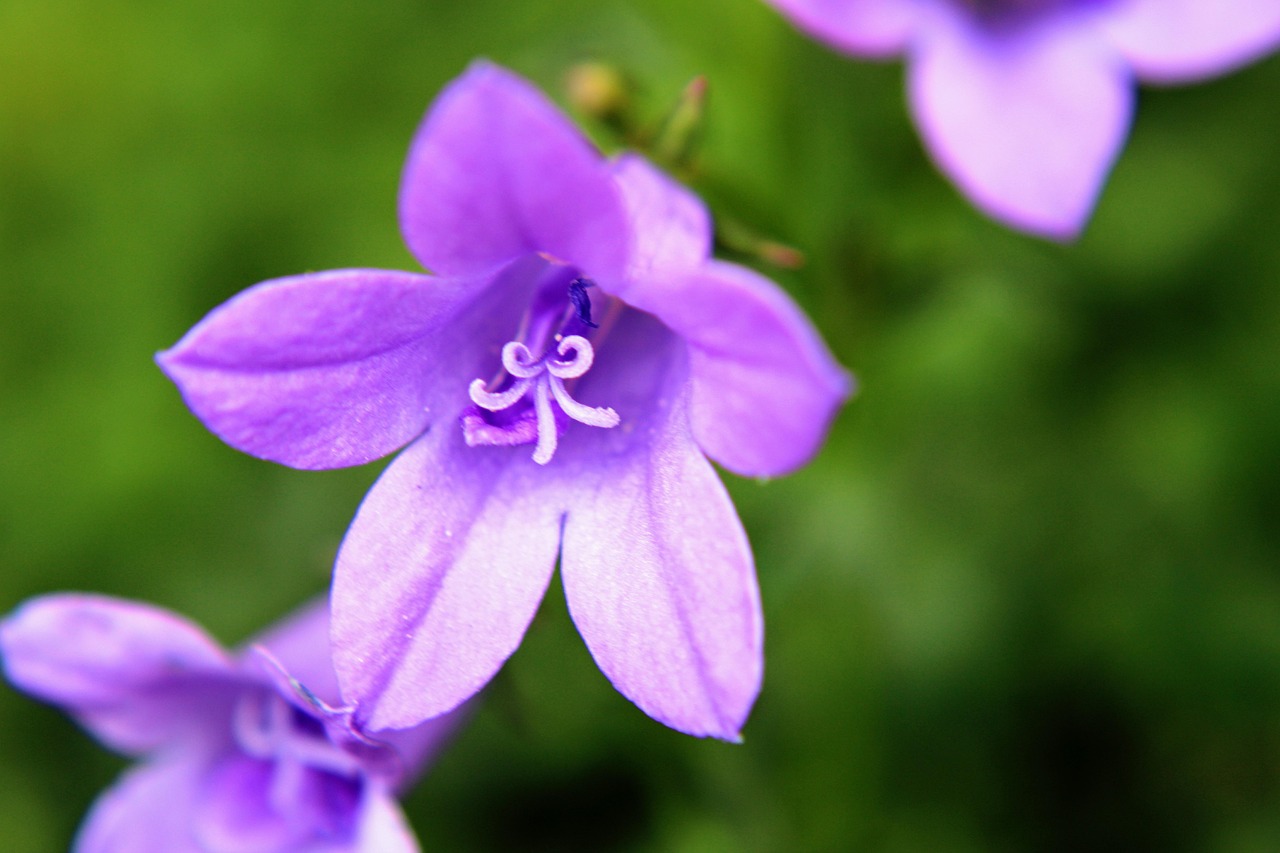
I introduce Campanula isophylla, a perennial plant that produces charming bell-shaped flowers. It is well suited for both pots and garden planting, making it a popular ornamental species.
Its delicate beauty has long attracted gardeners, creating simple yet elegant landscapes.
In this article, I will explain in detail the basic information, cultural and historical background, and cultivation methods of Campanula isophylla.
Basic Information
- Scientific name: Campanula isophylla
- Family: Campanulaceae
- Origin: Northern Italy (Liguria region)
- Appearance: This compact perennial grows about 10–20 cm tall and produces bell-shaped flowers that sometimes resemble stars. The flowers come in shades of blue-violet, white, and pale purple, making them suitable as ground cover or for hanging baskets. The small, rounded leaves are soft green in color.
- Blooming season: Typically from May to July, but longer depending on growing conditions.
Cultural Significance Around the World
Campanula isophylla has long been cherished in European garden culture.
In Italy, it is known as the “Star Flower,” symbolizing happiness and hope with its delicate form. Small potted plants are often given as gifts at weddings and anniversaries.
In Japan, its name, which includes the word “otome” (maiden), associates it with femininity and purity.
Because of its simple yet graceful appearance, it captivates many people and is considered easy to grow even for beginners.
Historical Background
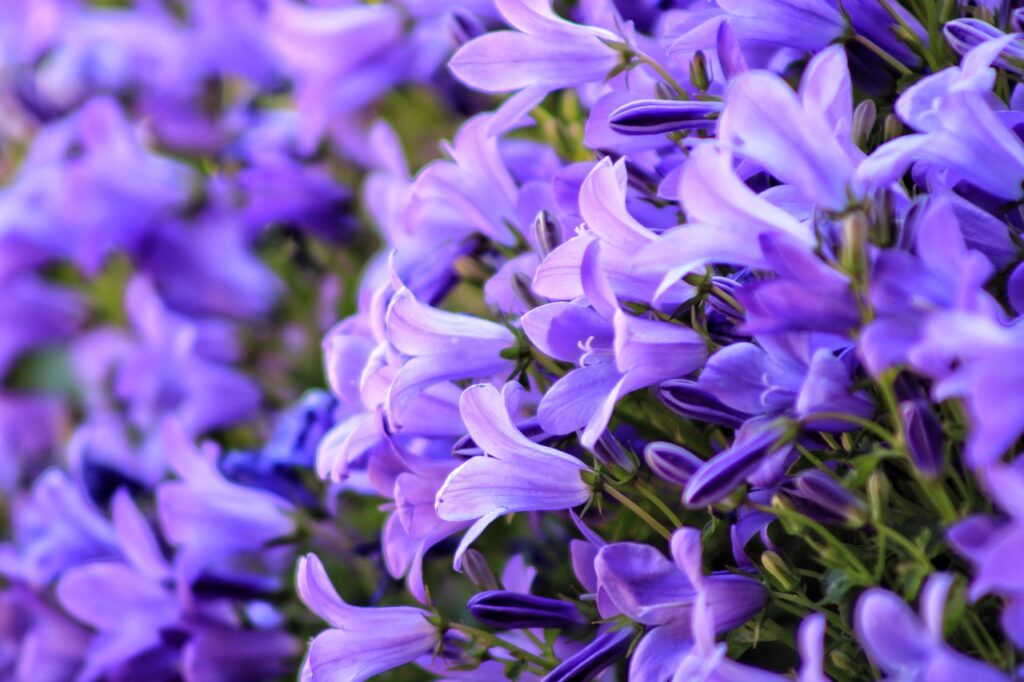
The origin of Campanula isophylla lies in the mountainous regions of northern Italy. It spread across Europe in the 19th century.
The name “Campanula” comes from Latin, meaning “little bell,” a reference to the flower’s shape.
In European monasteries, this plant was cultivated in gardens, and its bell-like flowers were associated with prayer and the sound of bells.
During the Victorian era in England, it became popular as a flower symbolizing romantic feelings, contributing to the culture of expressing emotions through flowers.
Later, with selective breeding, a variety of modern forms and colors were developed.
Gardening Advice
Although Campanula isophylla is easy to grow, proper care enhances its beauty. Key points are as follows:
Light
It prefers bright partial shade. Avoid strong direct sunlight, which can scorch the leaves.
Watering
Water thoroughly when the soil surface dries, but avoid overwatering. Good drainage is essential.
Soil
Well-drained soil is best. Mixing perlite into general potting soil creates a suitable environment.
Fertilizer
Apply liquid fertilizer every two weeks during the growing season (spring to early summer). Avoid over-fertilization to prevent root damage.
Pruning
Remove wilted flowers regularly to encourage continuous blooming. Trim back overgrown stems when necessary.
Winter care
This plant is not frost-hardy. In winter, bring it indoors or protect it from frost. Place it near a bright window indoors.
Conclusion
Campanula isophylla is a compact perennial admired for its charming bell-shaped flowers.
With deep roots in European culture, it remains a beloved plant for gifts and garden decoration today.
It is easy to care for, making it suitable even for beginners. Try arranging it in hanging baskets or as ground cover to add a touch of color to your home or garden.


